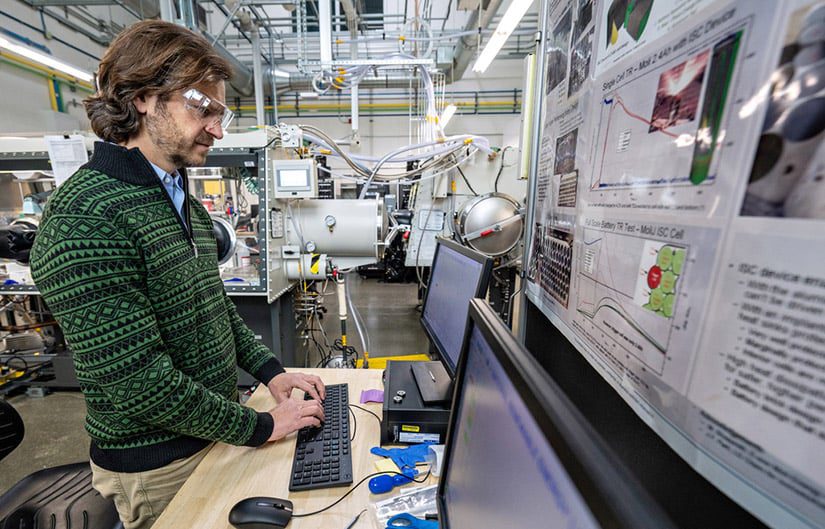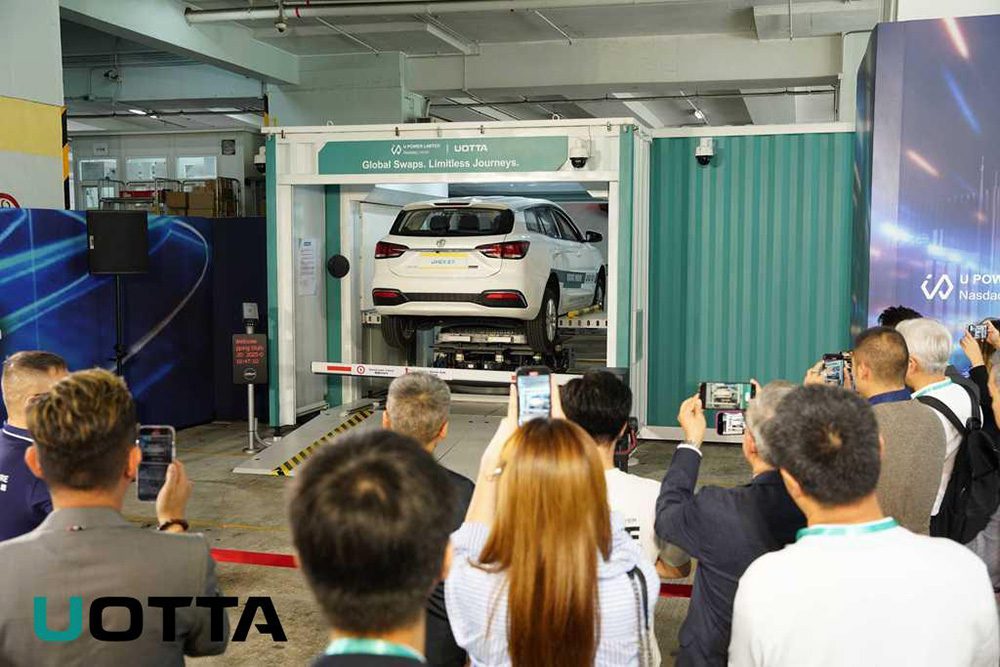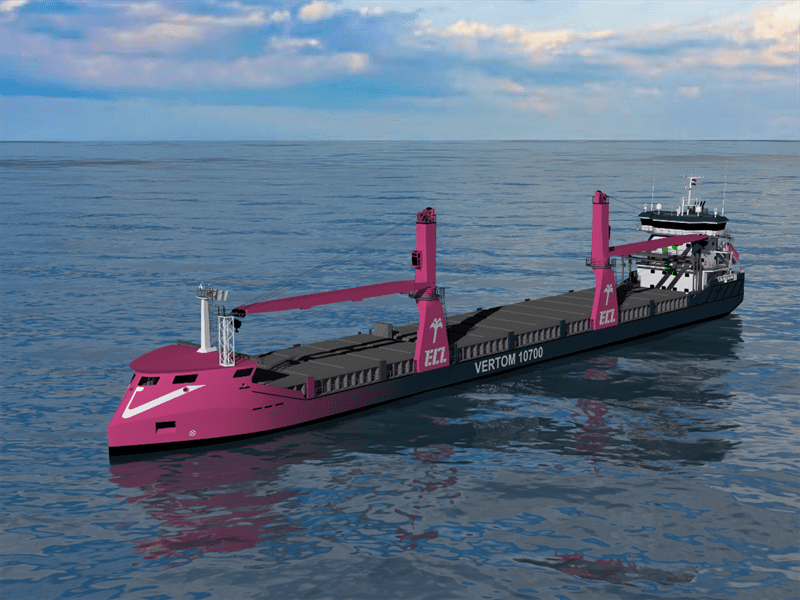The myth of the Long Tailpipe—the idea that EVs generate higher emissions than ICE vehicles if powered by fossil fuel-generated electricity—has been definitively disproven by lots and lots and lots of scientific studies. However, it keeps cropping up, repeated not only by armies of oily trolls, but by auto industry execs and politicians who ought to (and may) know better. So, researchers keep coming out with new, ever-more-detailed studies showing that average lifecycle emissions of EVs are substantially lower than those of fossil vehicles—and the margin seems to have grown since these studies started appearing a decade ago.
The latest addition to the literature is “The role of pickup truck electrification in the decarbonization of light-duty vehicles,” conducted by researchers from Ford and the University of Michigan, and published in the journal Environmental Research Letters.
The researchers looked at three different powertrain options—fossil burners, hybrids and EVs—in three different vehicle classes—midsize sedans, midsize SUVs and full-size pickup trucks. They found that, on average across the US, light-duty EVs have approximately 64% lower cradle-to-grave life-cycle greenhouse gas emissions than ICE vehicles.
Hybrids were found to have approximately 28% lower emissions than ICEs.
The bigger the vehicle, the greater the benefit of electrification. The average lifetime emissions reduction was found to be approximately 45 tons of CO2 for sedans, 56 tons for SUVs, and 74 tons for pickup trucks. That’s a finding that has special relevance for Ford, the world’s leading seller of pickups.
Yes, EVs do have larger greenhouse gas emissions than gas vehicles during manufacturing, due to battery production, but the gap is offset by emissions savings in their operation.
Yes, it matters where a vehicle is operated, due to “the impact of ambient temperature on fuel economy and the variability in grid carbon intensity across the United States.” Apparently, there are a few regions with particularly brown grids, in which EV emissions slightly exceed those of an average ICE. On the other hand, in regions with the cleanest grids, EV emissions are many times lower. The study found that, taking every county in the US into account, EV greenhouse-gas emissions are 13%–118% of their ICE counterparts. The brown regions are few: “BEVs have lower GHG emissions than hybrids in 95%-96% of US counties and lower GHG emissions than ICE vehicles in 98%-99% of counties.”
“This is an important study to inform and encourage climate action,” said senior author Greg Keoleian, a University of Michigan professor. “Our research clearly shows substantial greenhouse gas emission reductions that can be achieved from transitioning to electrified powertrains across all vehicle classes. We report emissions for vehicle production, use, and end-of-life stages on a per-mile basis and over the total vehicle lifetime. In addition, we analyzed the regional variation in emissions considering differences in electricity grid mixes and ambient temperatures, and we also explored the effects of the rate of grid decarbonization on emission reduction.”
Source: Environmental Research Letters via Electrek



















































































